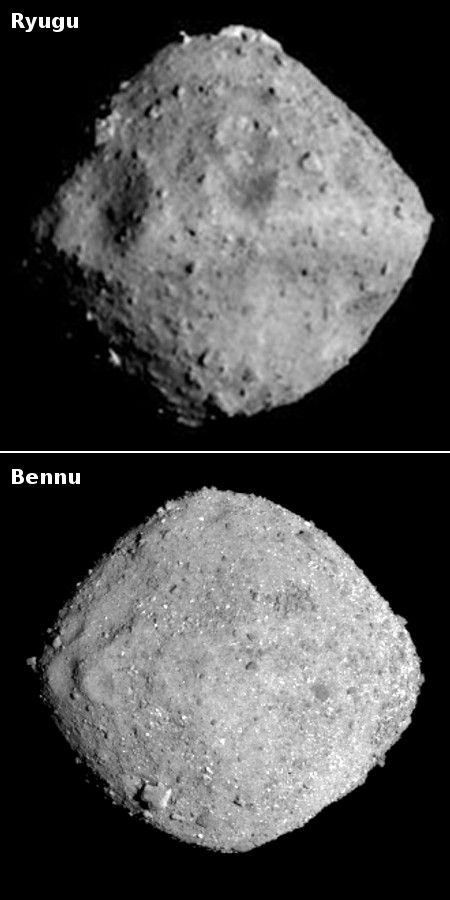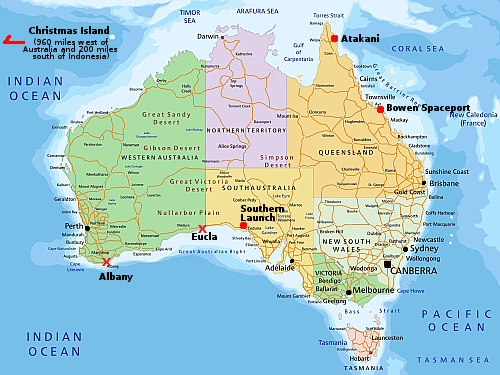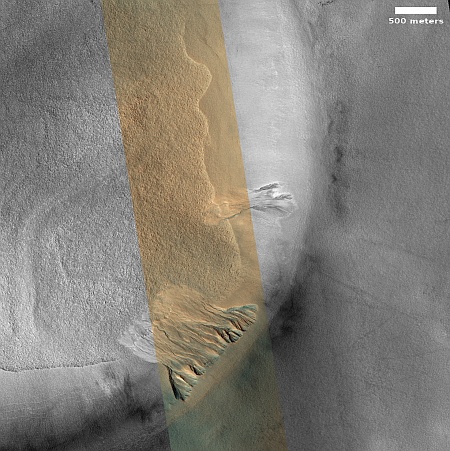August 20, 2025 Quick space links
Courtesy of BtB’s stringer Jay. This post is also an open thread. I welcome my readers to post any comments or additional links relating to any space issues, even if unrelated to the links below.
- Today is the 50th anniversary of the launch of the first Command Computer Subsystem (CCS) on Viking 1
The link goes to a video about the primitive computer system that both Viking orbiters and landers used, as well as Voyagers 1 and 2, still operating almost a half century after they were turned on.
- Chinese researchers date the formation of the Moon’s Apollo Basin on its far side as occurring 4.16 billion years ago
They used data from samples brought back by the Chang’e-6 mission.
- Chinese institute proposes an orbiter and lander mission to the Saturn moon Enceladus
The lander would include a drill able to drill down as much three miles.
- On this day in 1977 Voyager 2 was launched.
Still working after almost a half century.
Courtesy of BtB’s stringer Jay. This post is also an open thread. I welcome my readers to post any comments or additional links relating to any space issues, even if unrelated to the links below.
- Today is the 50th anniversary of the launch of the first Command Computer Subsystem (CCS) on Viking 1
The link goes to a video about the primitive computer system that both Viking orbiters and landers used, as well as Voyagers 1 and 2, still operating almost a half century after they were turned on.
- Chinese researchers date the formation of the Moon’s Apollo Basin on its far side as occurring 4.16 billion years ago
They used data from samples brought back by the Chang’e-6 mission.
- Chinese institute proposes an orbiter and lander mission to the Saturn moon Enceladus
The lander would include a drill able to drill down as much three miles.
- On this day in 1977 Voyager 2 was launched.
Still working after almost a half century.














